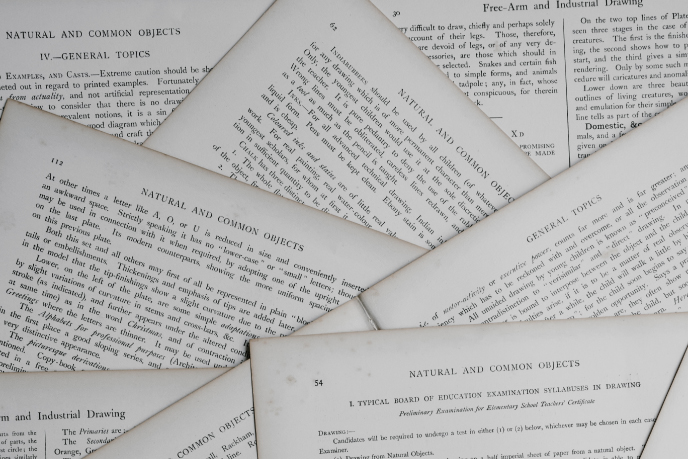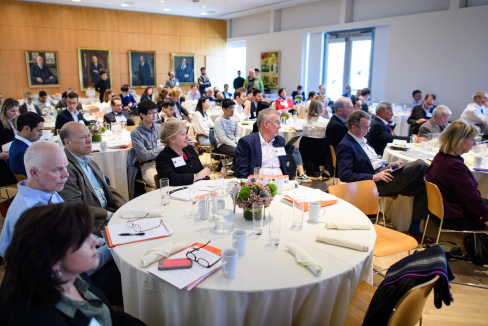Michael Oppenheimer’s group continues to investigate the linkages between air pollution and climate change. They are currently studying the impacts of ethanol on air quality and climate.
Air pollutants, ethanol, and climate
Because of energy security and climate change concerns, bio-ethanol is currently being promoted on a global scale as a viable substitute for fossil fuels. However, future increases in atmospheric ethanol can influence the concentration of tropospheric ozone, a potent pollutant, and can impact the oxidizing capacity of the troposphere.
Although ethanol is ubiquitous in the troposphere, we have little knowledge of its sources and sinks, and atmospheric distribution. To address this need, Vaishali Naik and Michael Oppenheimer, in collaboration with scientists at GFDL, applied a well-tested chemical transport model (MOZART-4) to simulate the global ethanol atmospheric distribution and budget, and used atmospheric measurements of ethanol to place constraints on the ethanol budget.
The researchers compared the simulated ethanol concentrations with aircraft, ship-based, and site-specific ground measurements to assess the degree of consistency between atmospheric measurements and our understanding of the ethanol budget. A simulation using known ethanol sources (Figure 12) underestimates the observed concentrations by a factor of 2 in the eastern United States and by more than a factor of three in Mexico City, off the coast of Asia in North Pacific, and in the remote South Pacific ocean. The high observed ethanol values in Mexico City are attributed to local pollution events that our relatively coarse resolution model was unable to capture. Given the short atmospheric lifetime of ethanol, values measured off the coast of Asia and in the remote Pacific could not be explained by simply increasing continental emissions or reducing the oceanic sink of ethanol. An additional diffuse source of about 10 ppt day-1 in the model improved the large observation-model mismatch in these regions, with little improvement in the observation-model comparison over the eastern US and Mexico City. Thus, our analysis suggests that a large secondary source (~30 Tg yr-1) of ethanol would explain the measured ethanol concentrations in remote regions.

The researchers suggest that the additional source of ethanol from oxidation of other volatile organic compounds, particularly in remote regions, could dwarf the anthropogenic surface sources of ethanol that are nevertheless important for polluted, populated areas of the world. Further work is needed to better constrain the global ethanol budget to be able to quantify the impacts of projected future increases in ethanol emissions. Areas of research include reliable and new atmospheric measurements with wider spatial sampling of ethanol and its precursors, additional direct measurements of ethanol emissions from plants, and better estimates of ethanol deposition velocity.



